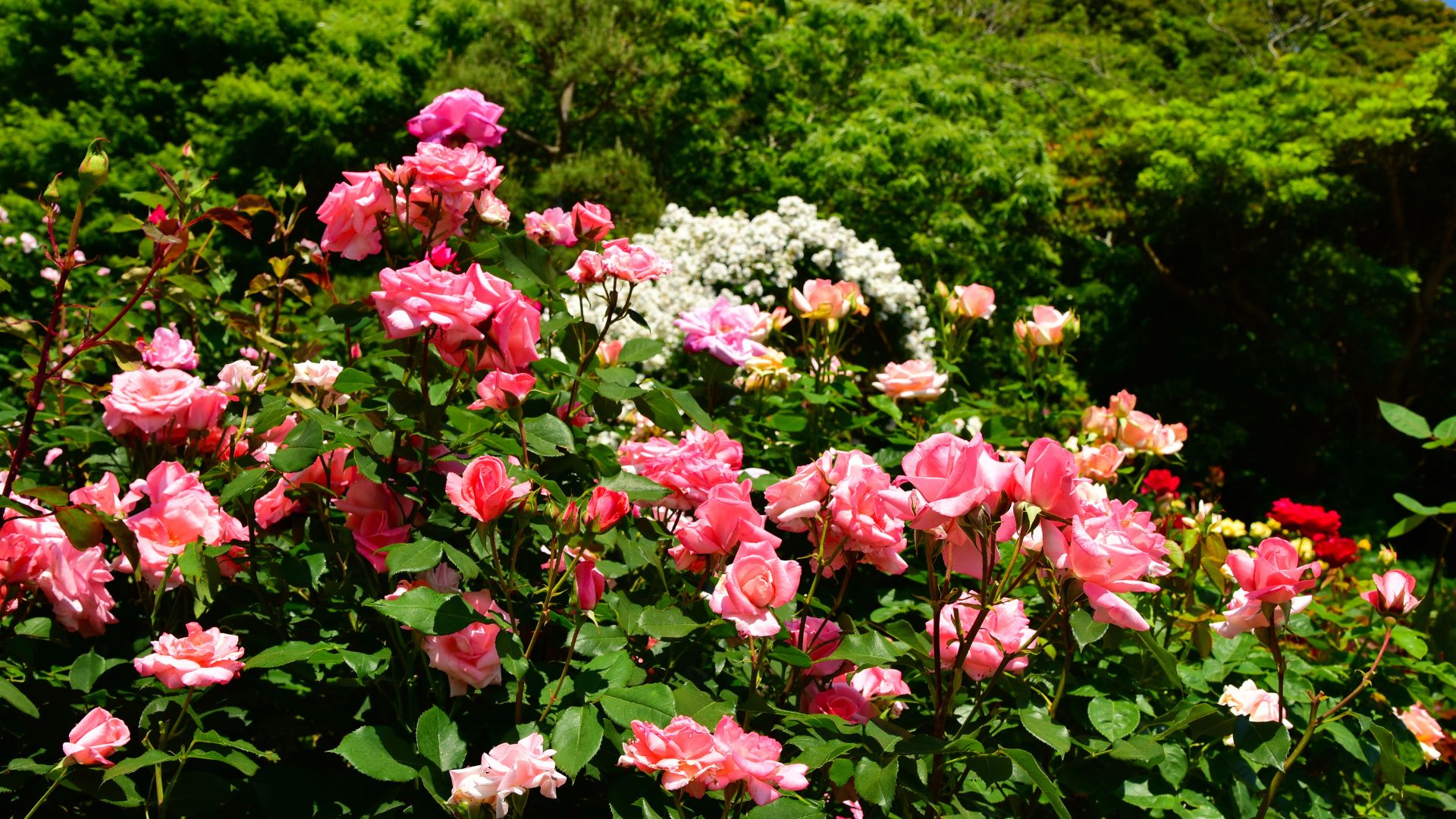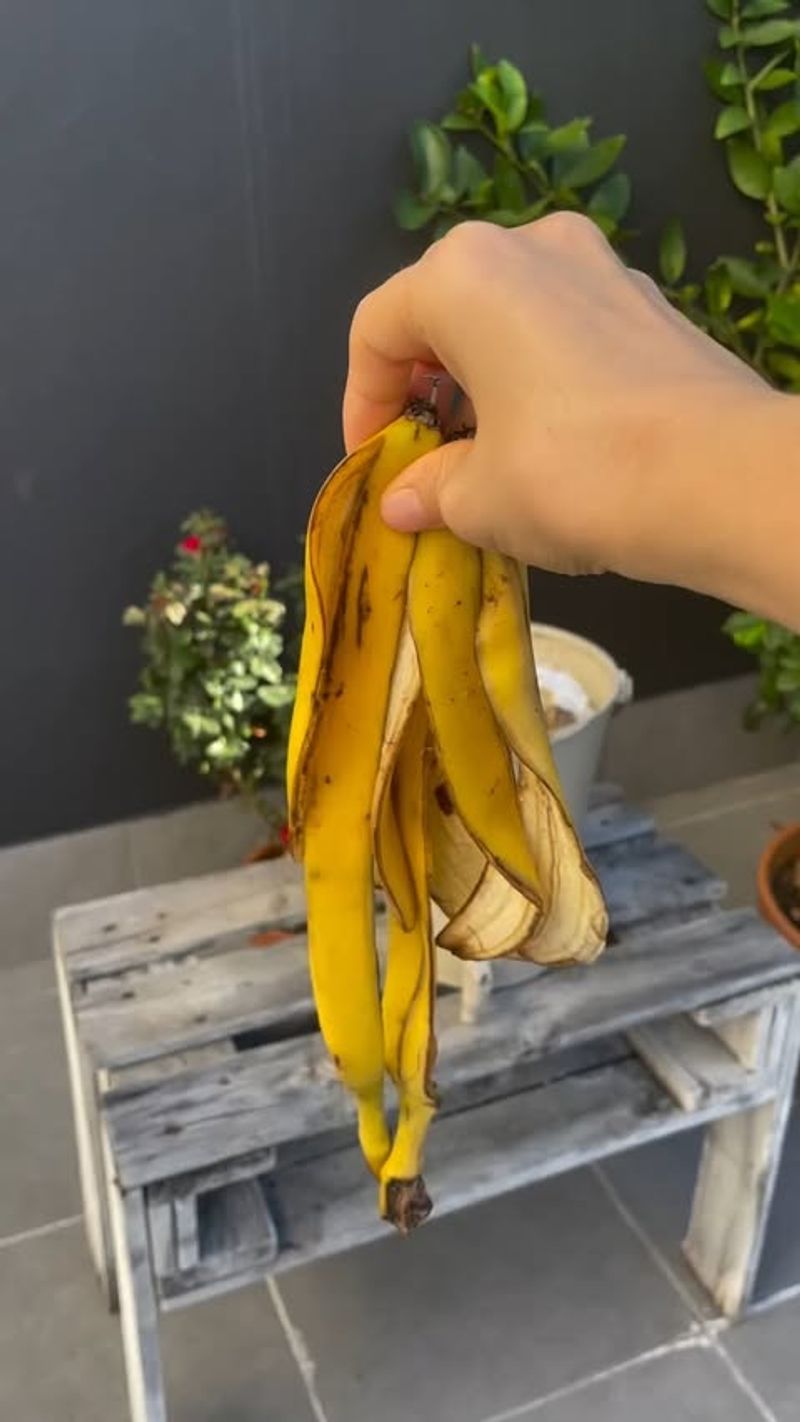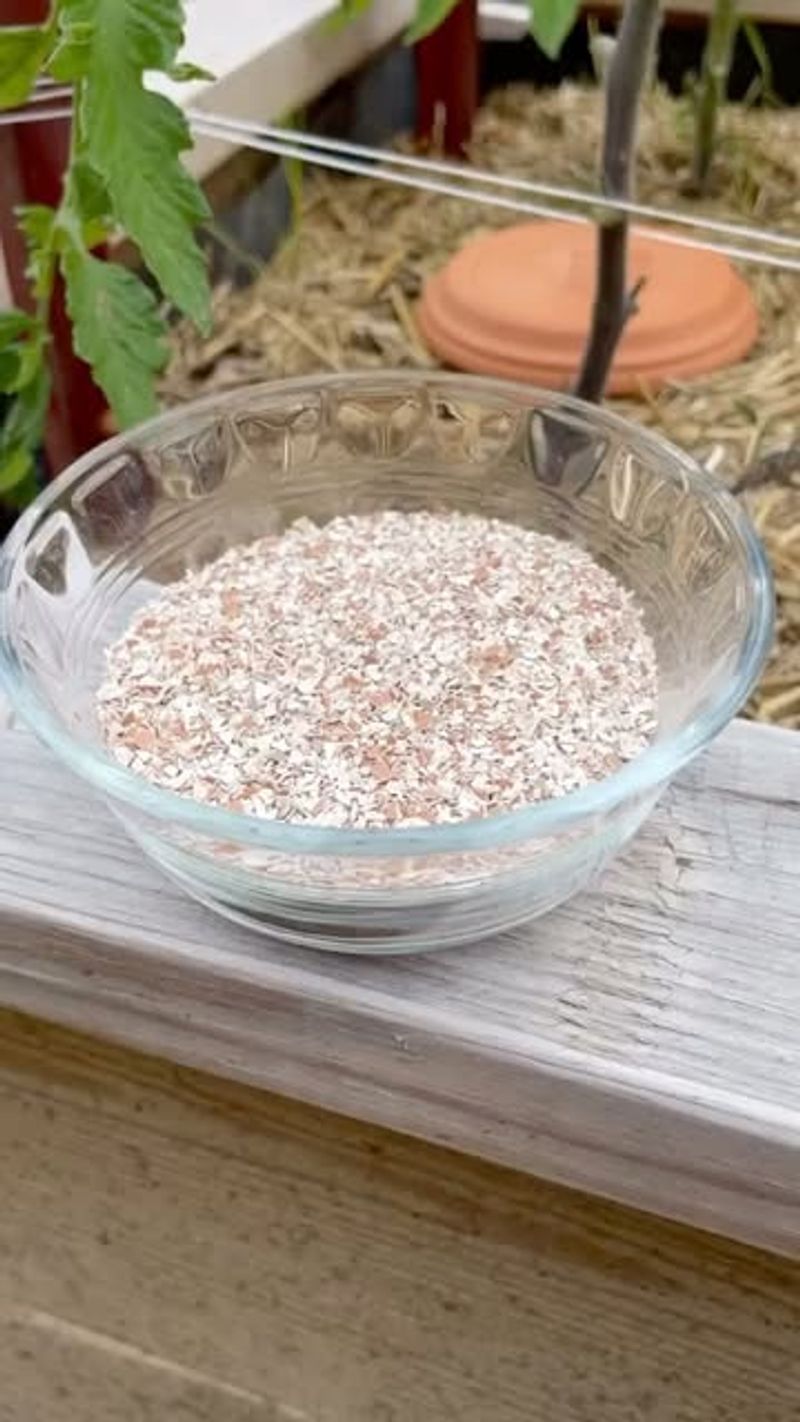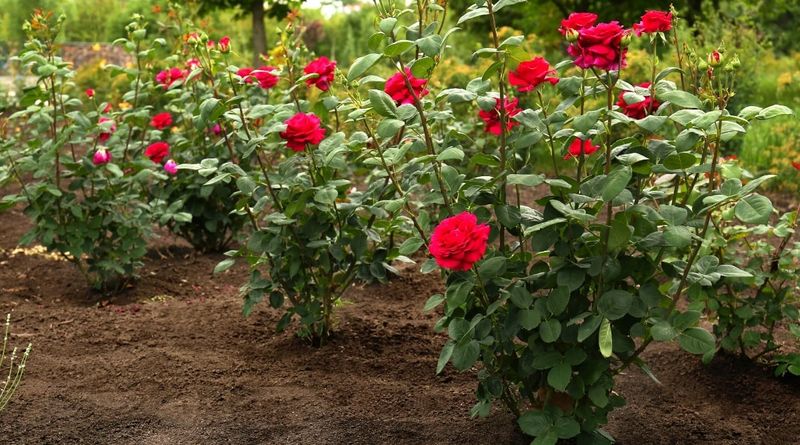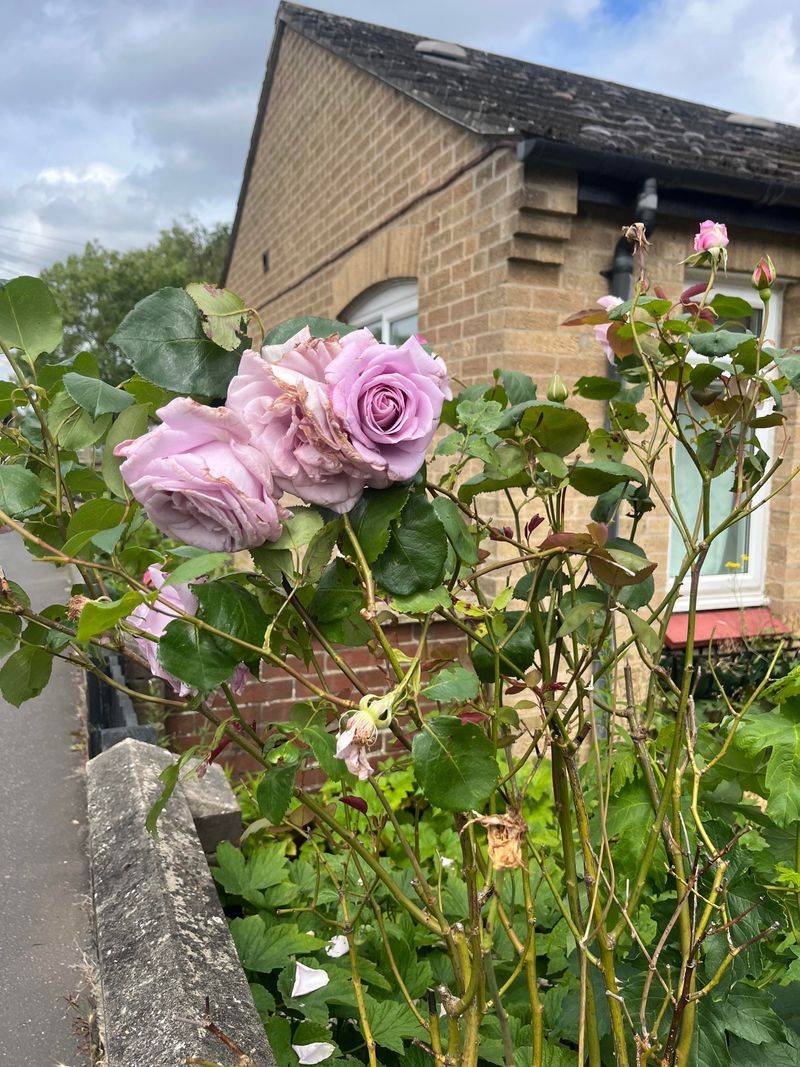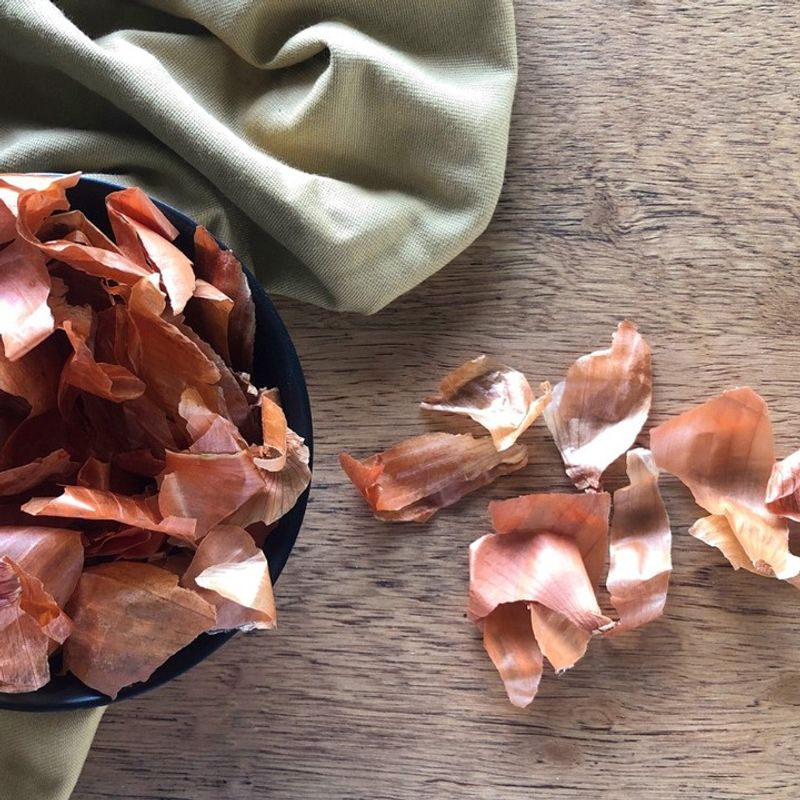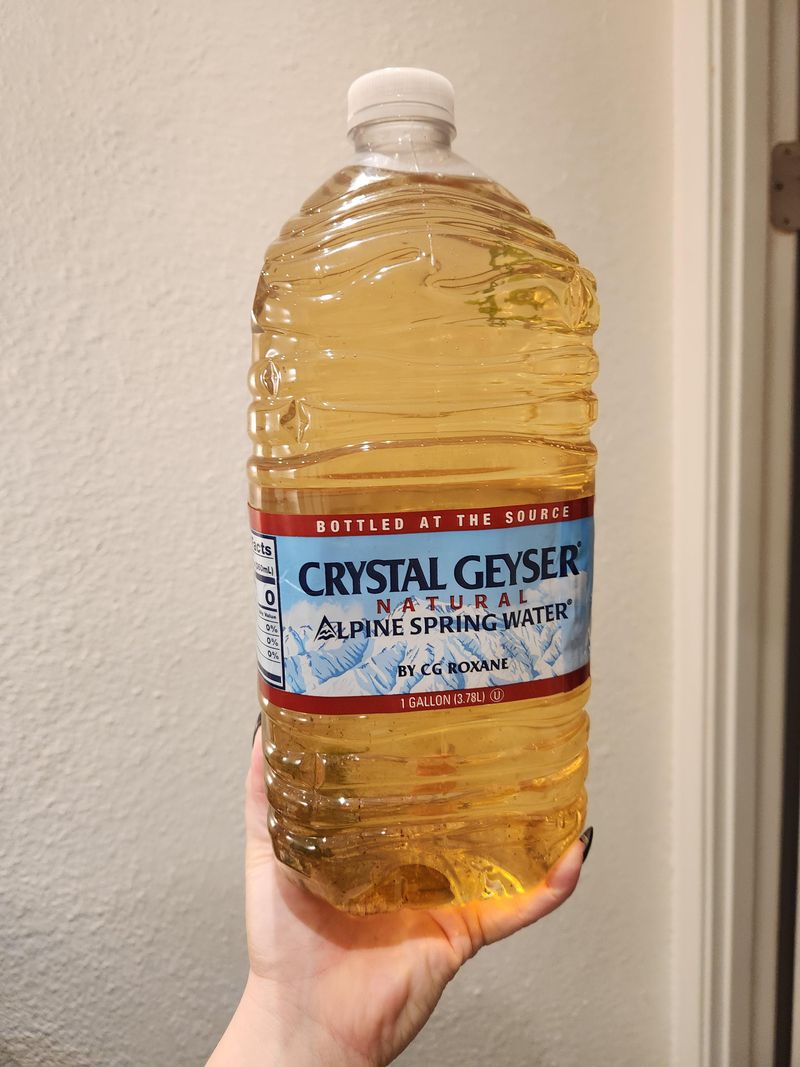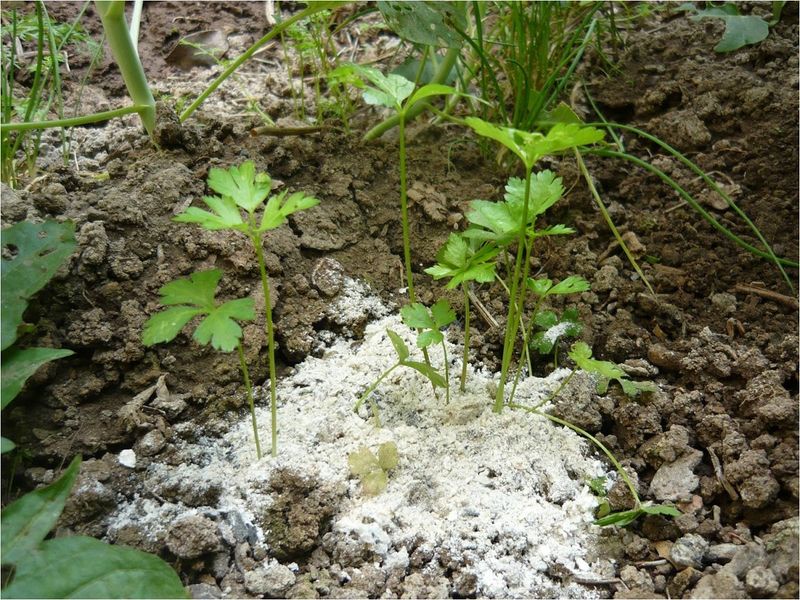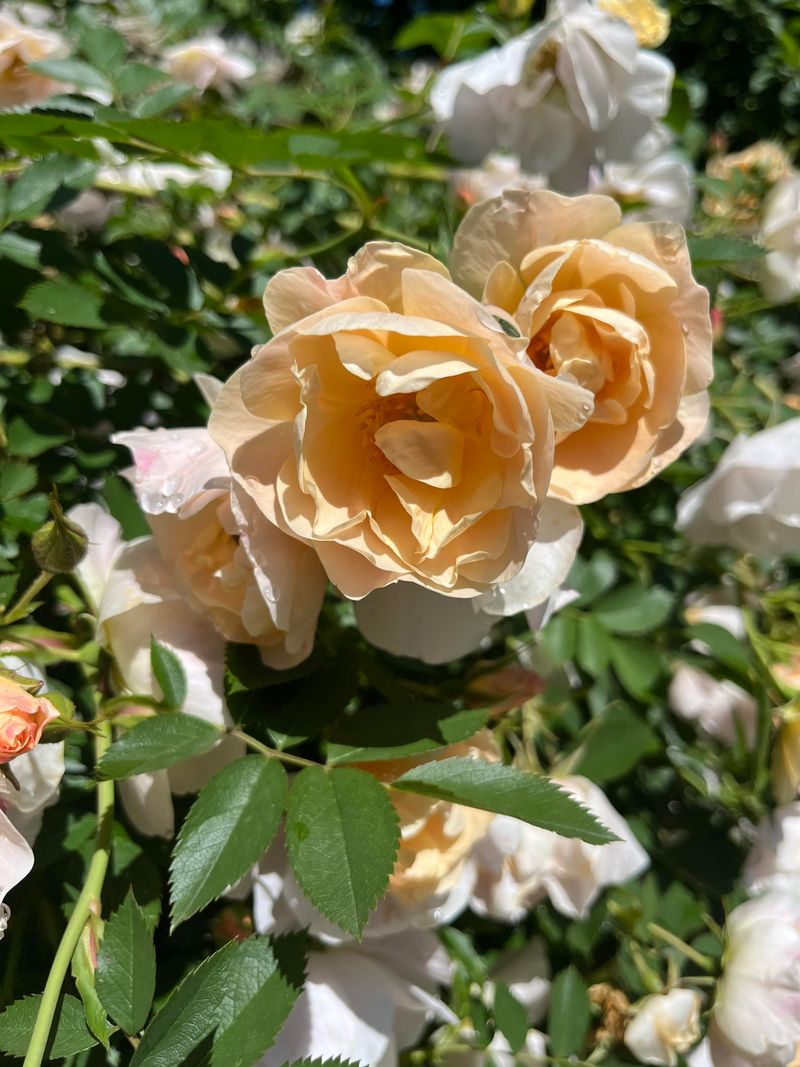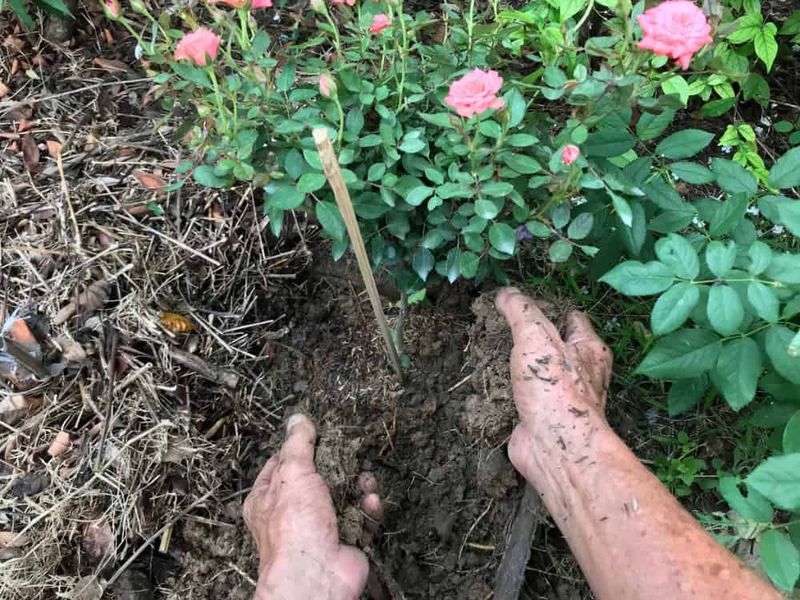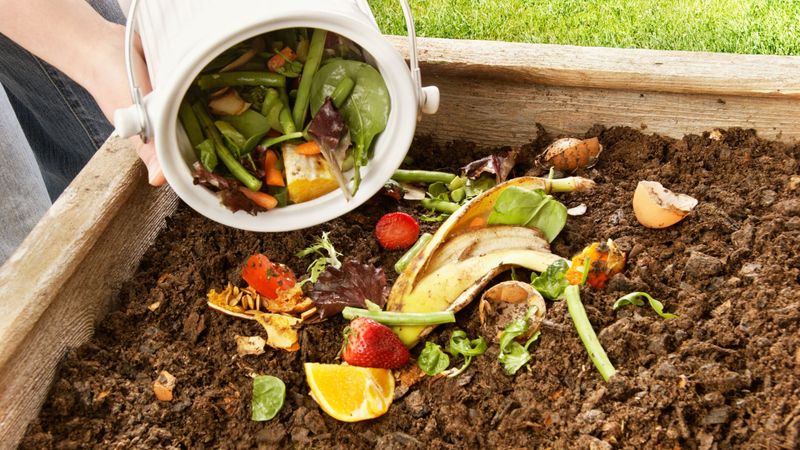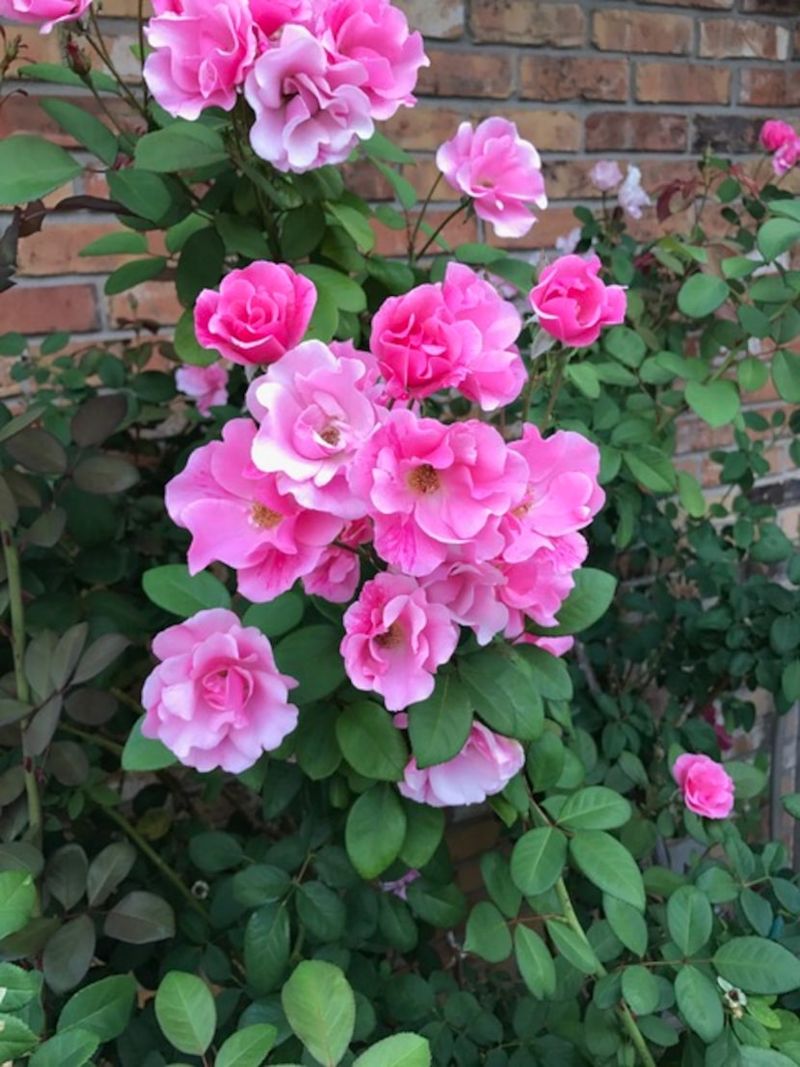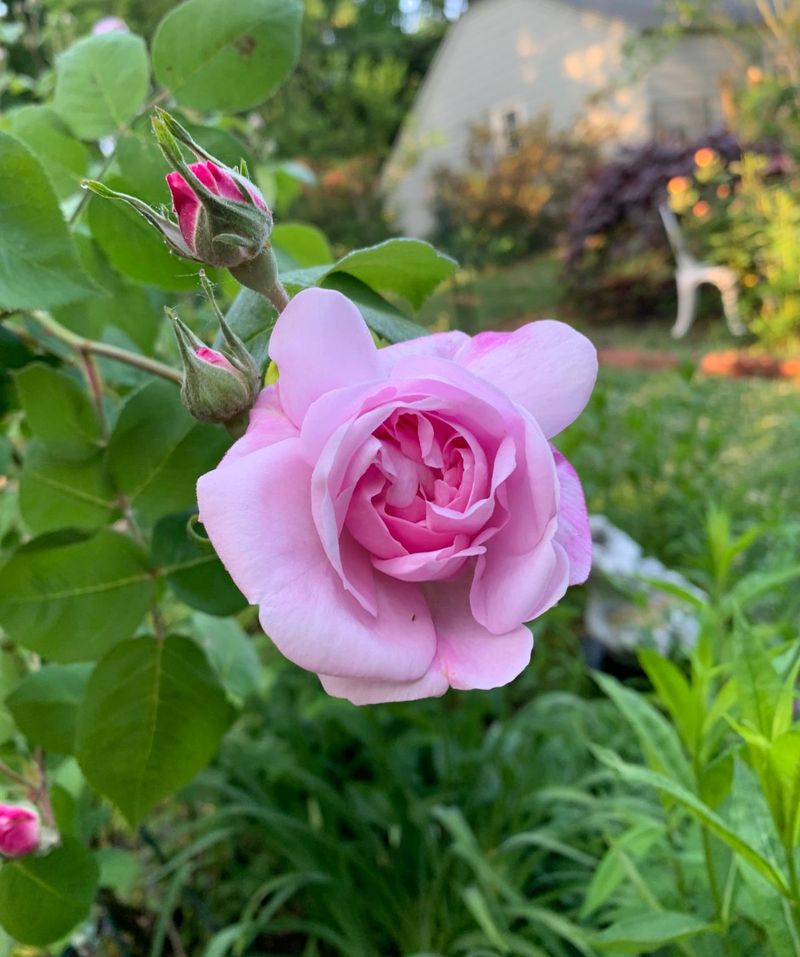If you’ve ever felt like your roses needed a little extra love but didn’t want to splurge on fancy fertilizers, you’re not alone. I’ve found some of the best rose boosters hiding in my own kitchen scraps.
From banana peels to used coffee grounds, these simple leftovers can give roses a serious pick-me-up. It’s easy, affordable, and surprisingly effective once you get the hang of it.
Not only does this cut down on waste, but it also feels good knowing you’re feeding your plants with something natural. Your roses will thank you—with blooms that stop you in your tracks.
1. Coffee Grounds
Slightly acidic and nitrogen-rich, used coffee grounds work wonders for rose bushes that need a boost. Sprinkle a thin layer around the base of plants, then gently scratch it into the top inch of soil.
The grounds improve soil drainage while slowly releasing nutrients as they break down. They also deter slugs and snails that might damage tender rose shoots.
I’ve been collecting grounds from our office coffee pot for years – my knockout roses responded within weeks, with noticeably deeper green foliage and more abundant blooms than their unfertilized neighbors.
2. Banana Peels
Rich in potassium and phosphorus, banana peels provide essential nutrients that encourage stronger stems and vibrant blooms. Cut fresh peels into small pieces and bury them 1-2 inches deep around your roses.
For quicker results, make banana peel tea by soaking chopped peels in water for three days, then use the strained liquid to water roses at their base. The nutrients absorb directly into the root system.
My grandmother swore by this method, and I’ve continued the tradition. Nothing goes to waste in our house – bananas feed both the family and the garden!
3. Eggshells
Crushed eggshells add calcium to the soil, strengthening cell walls in rose plants and preventing blossom end rot. Rinse shells thoroughly, let them dry completely, then crush them into a fine powder.
Sprinkle the powder directly around roses or mix it into your compost. The calcium releases slowly, providing long-term benefits rather than a quick fix.
After consistently applying eggshell powder around my climbing roses for a season, their thorns became noticeably stronger and the stems more resilient against our harsh winter winds.
4. Used Tea Bags
Spent tea bags contain tannic acid and nitrogen that roses absolutely love. Simply collect used bags (both regular and herbal work), allow them to cool, and bury them just below the soil surface near rose roots.
The decomposing tea leaves improve soil structure while releasing nutrients gradually. For an even distribution, open the bags and scatter the wet leaves around plants before watering.
During last summer’s drought, my tea-treated roses showed remarkable resilience compared to others in the neighborhood. The moisture-retaining properties of the tea leaves seemed to make a significant difference.
5. Potato Water
Water leftover from boiling potatoes contains starches and nutrients leached from the spuds during cooking. Allow it to cool completely before applying directly to the soil around roses.
The starchy water provides potassium, phosphorus, and magnesium – all essential for flower production. Never use water that contains salt or oil, as these can damage plants.
Last spring I started collecting potato water in a dedicated watering can by the sink. The difference in my rose garden has been remarkable – more buds per stem and deeper color in the petals.
6. Onion Skins
Papery onion skins may seem worthless, but they’re packed with nutrients that boost rose health. Collect both red and brown skins, then chop or tear them into small pieces before mixing into soil.
Beyond adding nutrients, onion skins contain natural fungicidal and antibacterial compounds that help prevent common rose diseases. Their sulfur content also deters certain pests.
When clearing out my pantry last fall, I buried a handful of accumulated onion skins around each rosebush. Come spring, those plants produced the earliest and most abundant first flush I’ve ever witnessed.
7. Fish Tank Water
Aquarium water contains nitrogen and beneficial bacteria from fish waste that acts as liquid gold for roses. Collect it during regular tank cleanings and apply directly to the soil, not the foliage.
The gentle, balanced nutrients in fish water promote steady growth without the burning that can occur with stronger fertilizers. It’s especially effective for roses showing signs of nitrogen deficiency.
Ever since connecting my son’s fish hobby with my gardening passion, our roses have developed a deeper green color. The micronutrients present in the tank water provide elements often missing from garden soil.
8. Citrus Peels
Orange, lemon, and grapefruit peels contain essential oils and nutrients that benefit roses when properly prepared. Dry the peels completely, then grind them into a coarse powder using a food processor.
Sprinkle the powder sparingly around roses, as too much citrus oil can be harmful. The peels slowly release nutrients while deterring cats who might otherwise dig around prized plants. After struggling with neighborhood cats using my rose beds as litter boxes, I started applying citrus peel powder.
Not only did the digging stop, but the additional acid seemed to intensify the pink coloration in my Peace roses.
9. Fireplace Ashes
Wood ashes from your fireplace contain potassium and trace minerals that encourage flower production in roses. Apply sparingly – just a light dusting around each plant in early spring.
Never use ashes from treated wood or coal, which contain harmful chemicals. The alkaline nature of wood ash makes it perfect for neutralizing overly acidic soils where roses might struggle.
The transformation in my mother’s heritage roses after applying fireplace ash was striking. The plants that had previously produced only sparse blooms suddenly developed multiple buds per stem and flowers with remarkable staying power.
10. Corn Water
After boiling corn on the cob, the cooking water becomes infused with nutrients that roses crave. Cool the water completely before using it to give your flowers a drink.
The natural sugars and minerals in corn water provide a gentle feeding that supports both root development and flower production. For best results, apply monthly during the growing season.
During summer barbecue season, I collect corn water in a dedicated bucket. My neighbors were skeptical until they saw the difference – my corn-watered roses produced nearly twice as many blooms as previous years.
11. Molasses
A tablespoon of blackstrap molasses dissolved in a gallon of water creates a microbe-feeding solution that energizes soil around roses. The natural sugars feed beneficial soil bacteria and fungi that support plant health.
Apply the molasses solution monthly during growing season, pouring it directly onto the soil rather than spraying foliage. This feeding stimulates the soil food web that ultimately nourishes your roses.
The dark, sticky substance sitting unused in my pantry became my secret weapon against rose slugs last summer. The molasses attracted beneficial nematodes that helped control the pest population naturally.
12. Avocado Pits And Skins
Crushed avocado pits and chopped skins contain nutrients and natural oils that improve soil structure around roses. Dry them thoroughly, then process in a blender or food processor before incorporating into soil.
The slow-decomposing materials provide long-term benefits, gradually releasing nutrients while improving drainage and aeration. Their fibrous nature helps loosen compacted soils that often cause rose struggles.
Since incorporating avocado waste into my rose beds, I’ve noticed the soil retains moisture much better during hot spells. The earthworm population has exploded too – a sure sign of improving soil health.
13. Mushroom Stems
Leftover mushroom stems and pieces contain chitin and fungi-friendly compounds that benefit roses tremendously. Chop them finely and work them into the top layer of soil around plants.
As they decompose, mushroom scraps encourage beneficial fungal growth that forms symbiotic relationships with rose roots. This mycorrhizal network helps plants access nutrients and water more efficiently. I started saving stems from our weekly mushroom purchases after reading about their benefits.
Within months, the roses receiving this treatment developed a resilience to black spot that had previously plagued my garden.
14. Yogurt Whey
The liquid whey that separates from yogurt contains proteins, vitamins, and beneficial bacteria that invigorate rose soil. Dilute it with equal parts water before applying around the base of plants.
The probiotics in whey help suppress harmful soil pathogens while promoting nutrient availability. Apply monthly during growing season for best results, avoiding foliage contact.
When making homemade Greek yogurt, I strain the whey specifically for my roses. The climbing Don Juan variety by our porch responds particularly well – its red blooms seem more velvety and long-lasting than ever before.
15. Apple Cores And Peels
Chopped apple scraps provide pectin and gentle acids that condition soil around roses. Bury them several inches deep, keeping them away from the main stem to prevent potential rot issues.
As they decompose, apple remnants attract earthworms that aerate soil and leave behind nutrient-rich castings. The trace minerals and vitamins support overall plant vigor and disease resistance.
During apple season last fall, I buried scraps from our pie-making marathon throughout my rose beds. This spring, those areas sprouted roses with particularly vibrant colors and noticeably thicker petals.

